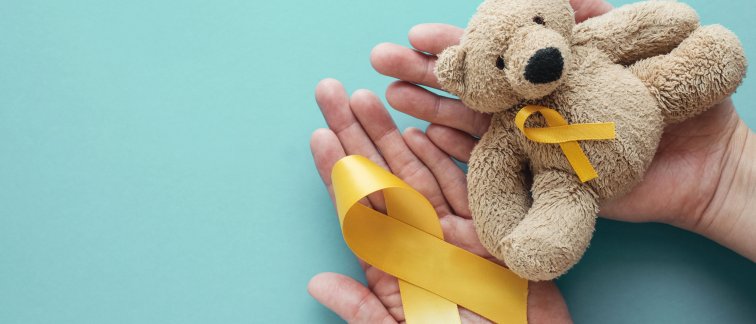Recently, Dr. André van Kuilenburg (Cancer Center Amsterdam, Amsterdam UMC) and Dr. Lieve Tytgat (Princess Máxima Center for Pediatric Oncology), showed that neuroblastoma tumor cells excrete specific metabolites (catecholamines) that can be used to diagnose neuroblastoma. In addition, they found that certain catecholamine profiles are correlated with distinct clinical subgroups and outcome of neuroblastoma patients.
The impact of their work was recognized by ‘Villa Joep’, a Dutch foundation that was started by the parents of four-year-old Joep Steijn who died of neuroblastoma. Villa Joep aims to cure all neuroblastoma patients by supporting scientific research. The Villa Joep foundation recently announced a donation of 1.2 million Euro over five years to the research teams of Drs. Van Kuilenburg and Tytgat. The funding will enable the validation and implementation of their findings in a European prospective multicenter study and to identify metabolic pathways that are correlated with clinical and genetic aberrations, revealing new potential therapeutic targets.
For more information, see:
Neuroblastoma research takes on a European dimension | Villa Joep
https://villajoep.nl/nieuws/37/neuroblastoom-onderzoek-kisjes-europese-dimensie
Verly, I.R.N., et al. (2019) Catecholamine excretion profiles identify clinical subgroups of neuroblastoma patients. Eur. J. Cancer, 111, 21 – 29. https://doi.org/10.1016/j.ejca.2019.01.014

